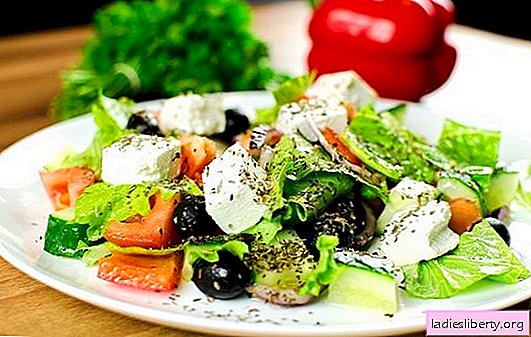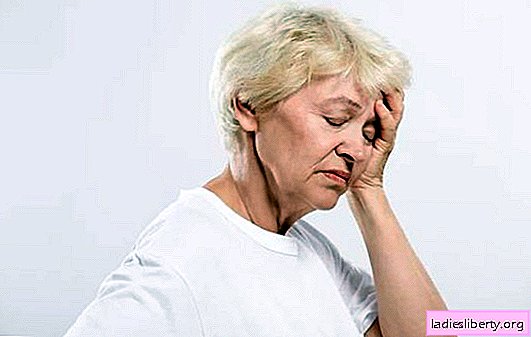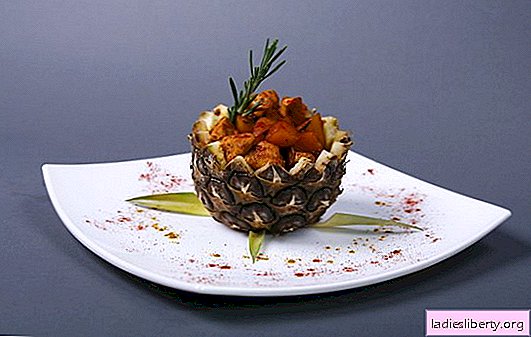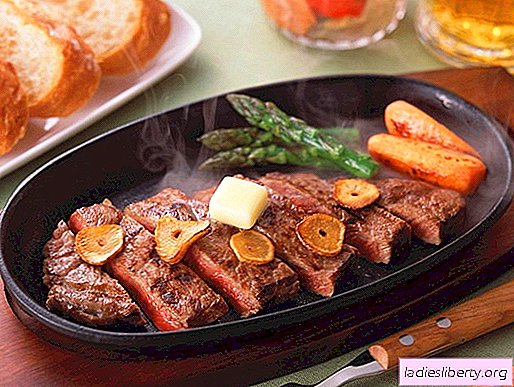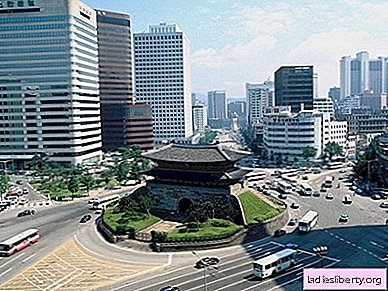
South Korea located on the southern part of the Korean Peninsula in northeastern Asia. In the north, it borders on the DPRK. In the west, the state overlooks the Yellow Sea, in the east - the Japanese Sea, and in the southeast it is washed by the Korea Strait. The landscape of South Korea is the most diverse, despite the fact that 70% of its territory is covered by mountains. There are more than 3,000 islands along the coastline. On about. Jeju is the highest mountain in the country - Hallasan, whose height is about 1950 meters.
The population of South Korea is more than 50 million people, of whom Koreans are the absolute majority. There is also a small Chinese community of about 100 thousand people.
In the country, a large part of the population uses the Korean literary language for communication based on the Seoul dialect. Almost all signs in the transport, on the street, are duplicated in English, but the Koreans themselves almost do not know it.
In cash, Korean won is used. They are also willing to accept credit cards to pay for services. In the market and in many stores, dollars have the same circulation as the local won, but they are not accepted in supermarkets and department stores.
Buddhists make up 22.8% of the population, Christians - 29.3% (10.9 - Catholics and 18.3% - Protestants). About 2.5% of the inhabitants practice other religions.
South Korea - the capital and major cities
The capital of South Korea - Seoul, is not only a metropolis in which almost 50% of all Koreans live, but also a special concentration of the country's economic, intellectual and political life. Almost everything that somehow affects the life of South Korea happens in this city. The capital houses the headquarters of the largest concerns, all research centers and leading universities, where almost the entire intellectual, political and business elite are located.
Seoul is an ultramodern and at the same time attractive ancient city. It was almost wiped out after the Korean War and almost completely restored after the 50s. This city, covered with the secret history of centuries-old temples, pagodas, palaces and gardens, rises above 12-lane roads, shaded by overpasses. Here, great public transport, very cheap hotels and a huge number of various entertainments.
Like other Korean cities, Seoul is not distinguished by the reasonableness of construction decisions and the clarity of planning. A tourist, accustomed to the severity of the outlines of European cities, is amazed at the randomness of its development.
Seoul, with about 10.5 million inhabitants, is considered a symbol of modern South Korea, and the rest of its territory plays the role of a garden, factory site and national park under it.
There are still such big cities in the country: Incheon, Busan, Daegu, Ulsan, Gwangju and Daegong.
South Korea - Holidays and Tours
The excursion program is extremely diverse in South Korea. You can go on excursion tours of ancient monasteries, preserved structures of ancient states, natural attractions and major cities of the country.
Very popular beach holidays, diving, surfing, skiing and thermal spas.
South Korea - Attractions
Lovers of antiquities and history will be pleased with royal palaces and temples, entire ethnic villages and memorials. In Seoul, you can look at the Royal Palace of Kekbokkun, near Andong - at the traditional village of Hahre (its inhabitants deliberately limit themselves from the "benefits of civilization", thereby preserving the traditional way of life), in the city of Gyeongju - at the famous Pulguksa temple and the ancient royal graves of the dynasty Silla.
There are huge national parks in South Korea. Here, right on the trail, you can see a flock of striped chipmunks or squirrels, from the observation platforms in the mountains - picturesque valleys, cranes and white storks in the fields with green rice. Fans of short one-day mountain tracks in the west of the country can visit the Chirisan National Park, lovers of sea cruises and amusing manifestations of nature - Hallyu National Park (near Busan), and photographers and comfort lovers are recommended the Seoraksan National Park (a gondola lift takes tourists to the very top of the mountain )
South Korea - weather (climate)
In South Korea, a temperate monsoon climate prevails. The weather is best in spring and autumn - the gentle and warm sun, clear and cloudless sky. In summer, it is usually very hot (up to + 35 ° C) and humid (in June-July there are frequent heavy rains). Winters are dry and frosty (up to -10 ° C), but cold periods alternate with warm weather.
Weather in South Korea now:


South Korea - Cuisine
Korean cuisine is very similar to Chinese, and rice, flour products, vegetables and fish are also used. Widely used soy. This nation does not consume dairy products.
The main dish of any Korean meal is rice. It serves a wide variety of dishes, depending on the time of year and area.
It is recommended to try such national dishes as kimchi (spicy radish or sauerkraut), hwe (raw fish) and kuksu (home-made noodles with chicken or meat broth).
Koreans are very fond of pulgoks - beef slices fried in a roasting pan right in front of visitors at the table, which were previously marinated in a mixture of sesame oil, soy sauce, green onions, garlic and other seasonings.
South Korea - interesting facts
In elevators of multi-storey buildings there is no 4th floor, since in Korean the word "sa" is "fourth", it sounds the same with the word "death". Therefore, this floor is usually denoted by the letter “F”, or immediately after the third is the fifth floor.
In this country, left-hand walking is the way it suits Korean traditions better. The left side is considered honorable, therefore Koreans try to bypass tourists from the right side (but not without exceptions).
There is no need to tip, since in most cases they are already included in the cost of services (10%).
South Korea - visa application
To enter South Korea, an invitation visa must be issued. Tourist visa is valid for 3 months. The consular fee will cost 20 USD. Those who have visited South Korea over the past two years 4 times or more are allowed to enter for 2 weeks without a visa.
South Korea - Embassy
103001, Moscow, Plyushchikha street, 56, building 1
tel. (+7 495) 783-27-27
Map of South Korea





